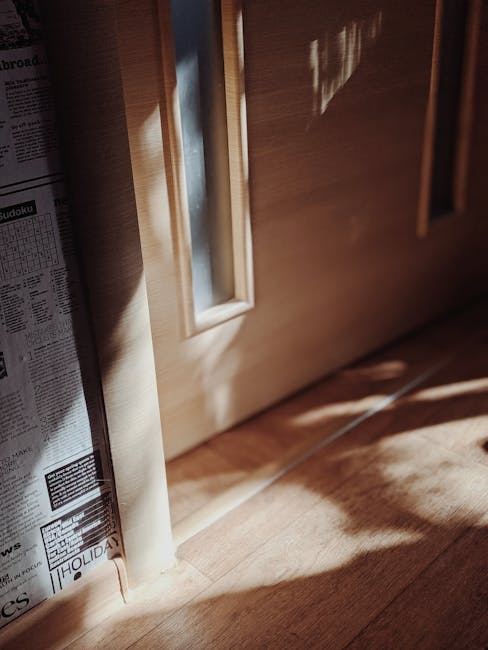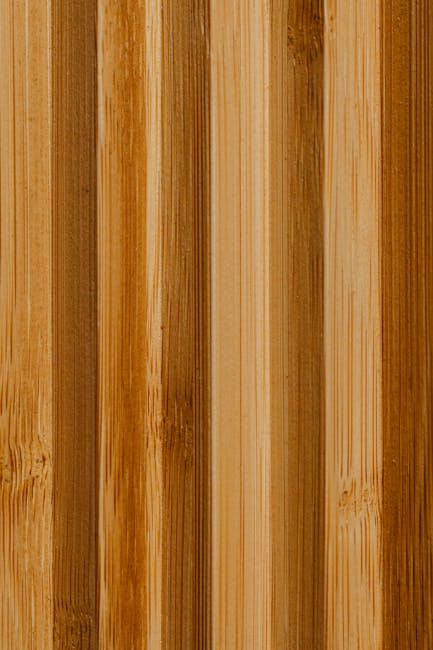Are you looking to add a touch of elegance and sophistication to your home? Look no further than hardwood flooring. The timeless beauty and natural warmth of hardwood can transform any space into a stunning showcase. However, with so many options available, selecting the perfect hardwood flooring can be a daunting task. From different species and finishes to varying grades and installation methods, it’s essential to make informed decisions to ensure you choose the right hardwood flooring for your needs. In this guide, we will walk you through the process of selecting hardwood flooring, providing you with valuable information and expert tips to guide you every step of the way. Get ready to embark on a journey of discovering the perfect hardwood flooring that will not only enhance the aesthetic appeal of your home but also stand the test of time.
How to Select Hardwood Flooring:
- Measure the area of the room to determine the amount of flooring needed.
- Consider the type of wood, such as oak, maple, or walnut, based on your preferences and budget.
- Choose between solid hardwood or engineered hardwood, considering factors like durability and installation options.
- Decide on the finish, whether you prefer a glossy or matte look.
- Compare prices and warranties from different suppliers to find the best deal.

How to Select Hardwood Flooring
Hardwood flooring adds a timeless and elegant look to any home. It is durable, easy to clean, and can increase the value of your property. However, choosing the right hardwood flooring can be a daunting task. With so many options available in the market, it’s important to consider certain factors before making a decision. This article will guide you through the step-by-step process of selecting hardwood flooring that suits your needs and preferences.
Step 1: Determine Your Budget and Style
Before starting your search for hardwood flooring, it’s essential to determine your budget and the style you want to achieve. Hardwood flooring comes in a wide range of prices, so having a budget in mind will help narrow down your options. Additionally, consider the style of your home and the overall aesthetic you are trying to achieve. Whether you prefer a rustic look or a modern feel, there are various hardwood species, finishes, and colors to choose from.
Once you have a clear budget and style in mind, you can begin exploring different hardwood flooring options that fit within your parameters. Look for reputable suppliers or visit local showrooms to get a better idea of the available options and to see the different hardwood species and finishes in person.
Step 2: Consider Durability and Maintenance
When selecting hardwood flooring, it’s important to consider the durability and maintenance requirements of different wood species. Some hardwood species, such as oak and maple, are known for their durability and resistance to scratches and dents. Others, like pine or bamboo, are softer and may require more frequent maintenance.
Consider the amount of foot traffic in the area where the flooring will be installed. If you have pets or young children, you might want to choose a hardwood species that is more resistant to wear and tear. Additionally, think about the maintenance routine you are willing to commit to. Some hardwood flooring options may require regular refinishing or special cleaning products.
Step 3: Evaluate Installation Methods
Another important factor to consider when selecting hardwood flooring is the installation method. There are different installation methods available, including nail-down, glue-down, and floating. Each method has its own advantages and considerations.
If you prefer a traditional look and have a plywood subfloor, nail-down installation might be the best option for you. Glue-down installation is suitable for concrete subfloors and provides a secure and stable result. Floating installation, on the other hand, is easier to install and can be a good option for DIY enthusiasts.
Step 4: Request Samples and Compare
Once you have narrowed down your options based on budget, style, durability, and installation method, it’s time to request samples from different suppliers. Having physical samples will allow you to see how the hardwood flooring looks and feels in your space, helping you make a more informed decision.
Compare the samples side by side, paying attention to factors like color variation, grain pattern, and finish. Consider how the samples complement your existing furniture and décor. Keep in mind that natural hardwood flooring may have slight variations in color and grain, which adds to its unique charm.
Step 5: Seek Professional Advice
Before making a final decision, it’s always a good idea to seek professional advice. Consult with a flooring specialist or an interior designer who can provide valuable insights and recommendations based on your specific needs and preferences.
Share your budget, style, and other considerations with the professional, and ask any questions you may have. They can guide you towards the best hardwood flooring options that align with your requirements and help ensure a successful installation.
Frequently Asked Questions
Here are some common questions about how to select hardwood flooring:
Question 1: What factors should I consider when selecting hardwood flooring?
When choosing hardwood flooring, there are several factors to consider:
First, think about the type of wood you want. Different woods have different levels of hardness, grain patterns, and color variations, so choose one that matches your style and needs.
Second, consider the finish of the flooring. Decide whether you want a pre-finished or unfinished floor, as well as the sheen level (e.g., matte, satin, or glossy).
Question 2: How do I determine the right thickness for my hardwood flooring?
The thickness of hardwood flooring can vary, and the right choice depends on several factors. In general, thicker flooring provides more stability and durability.
If you have a concrete subfloor, you may need a thinner flooring option, such as engineered hardwood. On the other hand, if you have a plywood subfloor, you can opt for thicker solid hardwood flooring.
Question 3: What is the difference between solid and engineered hardwood flooring?
Solid hardwood flooring is made from a single piece of wood and is typically more expensive. It can be sanded and refinished multiple times and is known for its durability.
Engineered hardwood flooring, on the other hand, consists of multiple layers of wood topped with a hardwood veneer. It is more stable and resistant to moisture, making it suitable for areas prone to humidity or temperature fluctuations.
Question 4: How can I determine the right color and finish for my hardwood flooring?
Choosing the color and finish of hardwood flooring is a matter of personal preference and the overall aesthetic of your space. Consider the color scheme of your room and decide whether you want a lighter or darker shade.
Additionally, think about the level of sheen you desire. Matte finishes provide a more natural and rustic look, while glossier finishes offer a more elegant and formal appearance.
Question 5: What maintenance is required for hardwood flooring?
To keep your hardwood flooring in good condition, regular maintenance is essential. Sweep or vacuum the floor regularly to remove dirt and debris that can scratch the surface.
Additionally, avoid using harsh chemicals or excessive water when cleaning. Instead, use a damp mop or a hardwood floor cleaner specifically designed for the type of finish you have.

In addition to the practical considerations, hardwood flooring also adds warmth, character, and value to any space. Its timeless beauty and versatility make it a popular choice among homeowners and interior designers alike. Whether you prefer the rustic charm of wide planks or the sleek elegance of engineered hardwood, there is a perfect hardwood flooring option out there for you. So, take your time, explore the various styles and finishes, and trust your instincts. With the right hardwood flooring, you can create a welcoming and inviting atmosphere that reflects your unique personality and enhances the overall aesthetic of your home.
- How to Protect Wood From Termites - April 9, 2024
- How to Treat Wood for Termites - April 9, 2024
- How to Get Rid of Drywood Termites - April 9, 2024